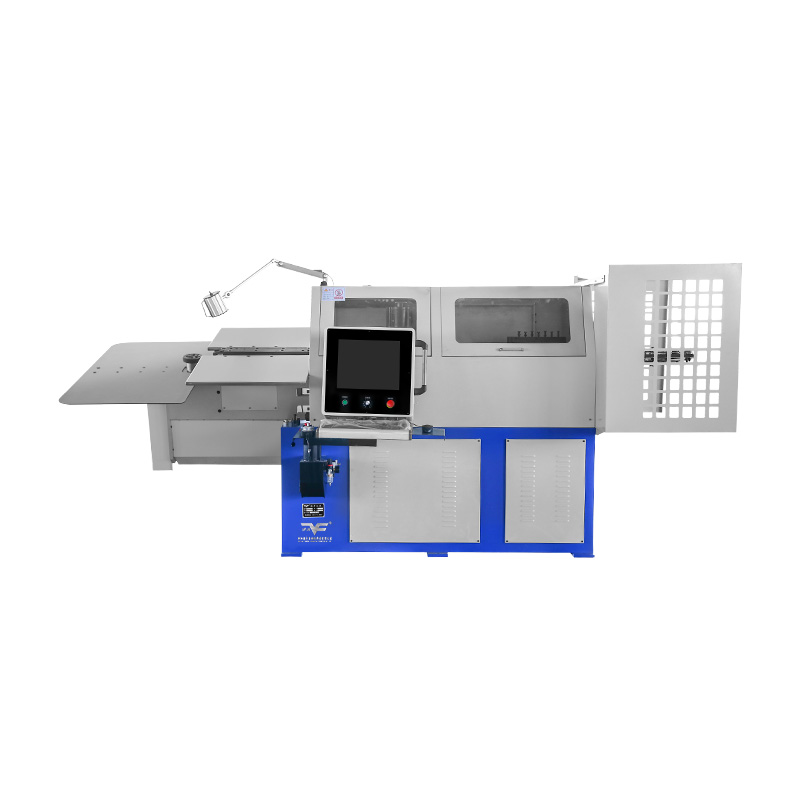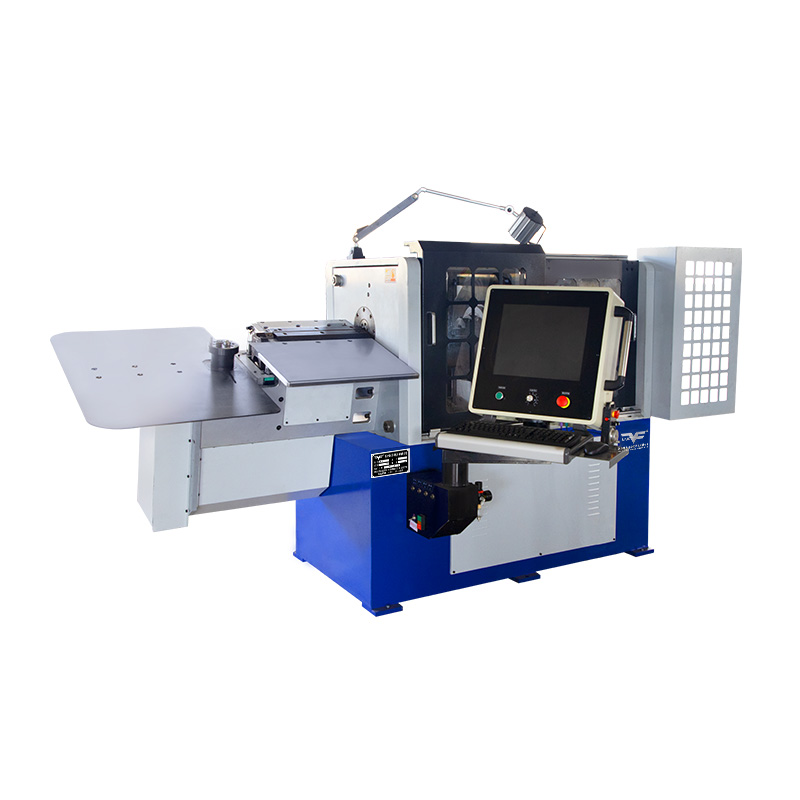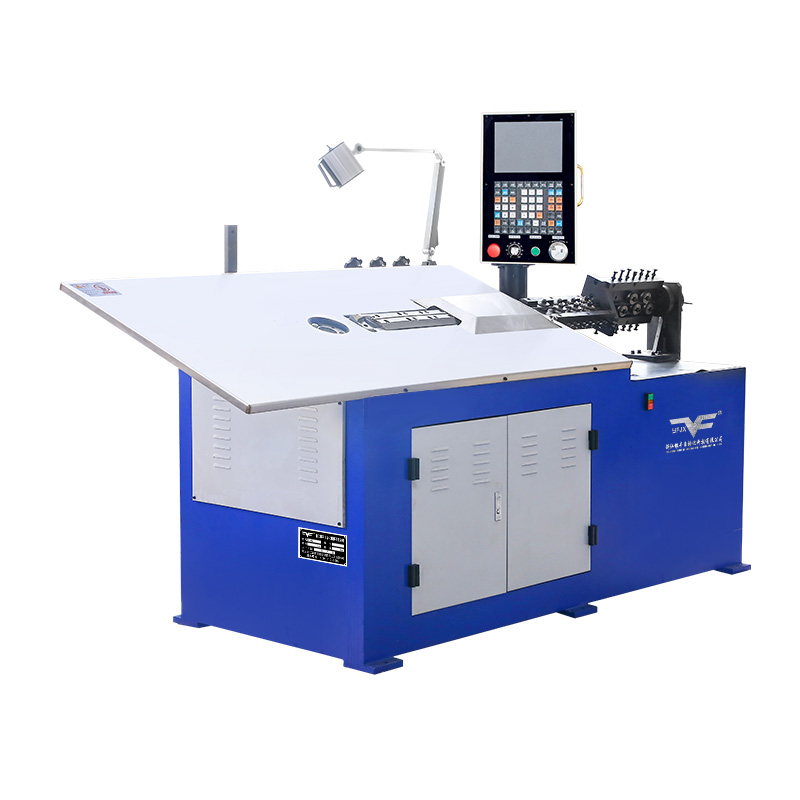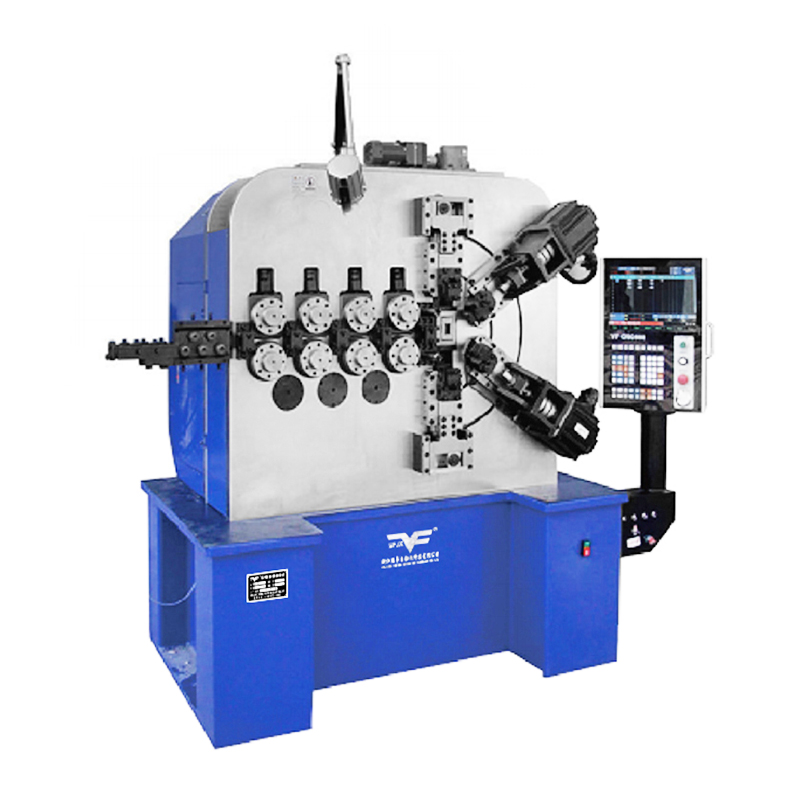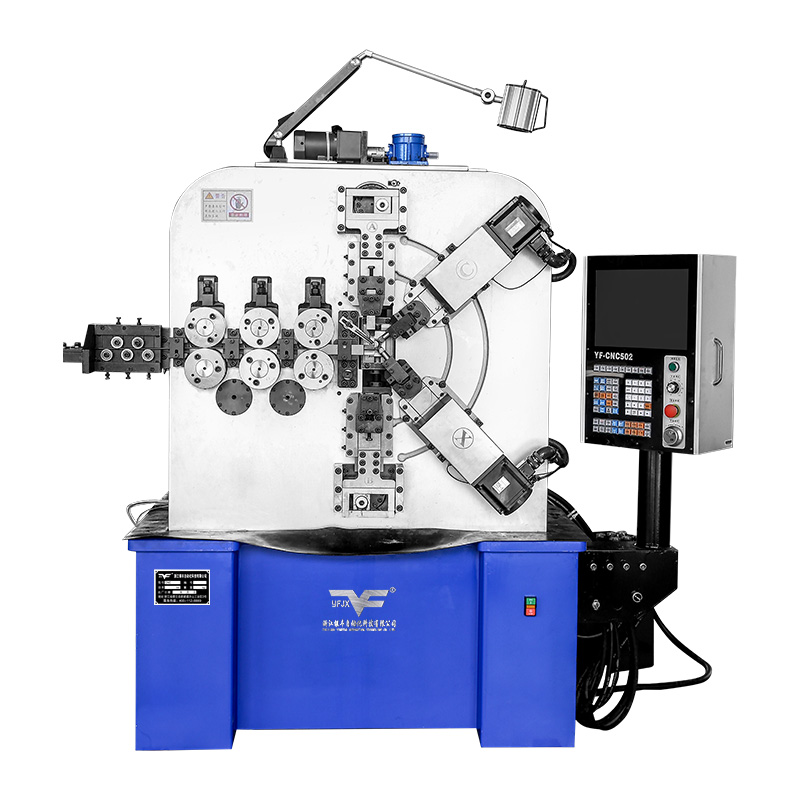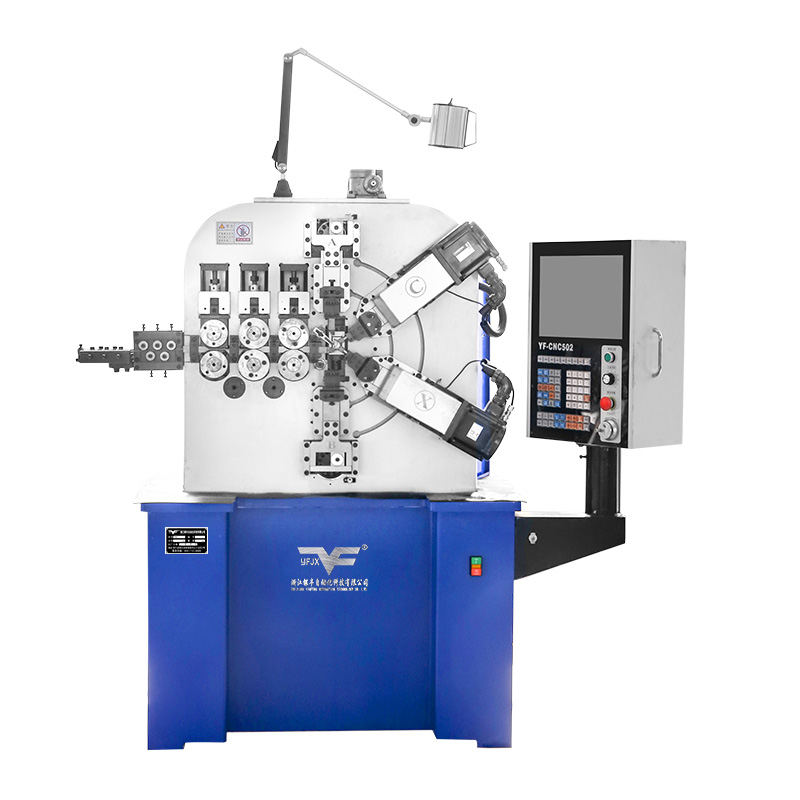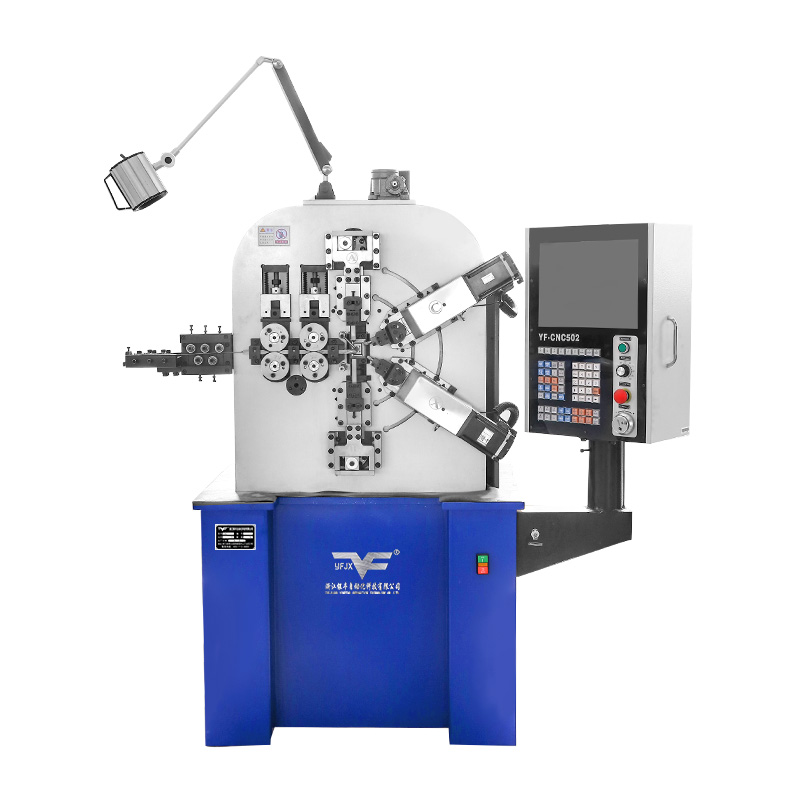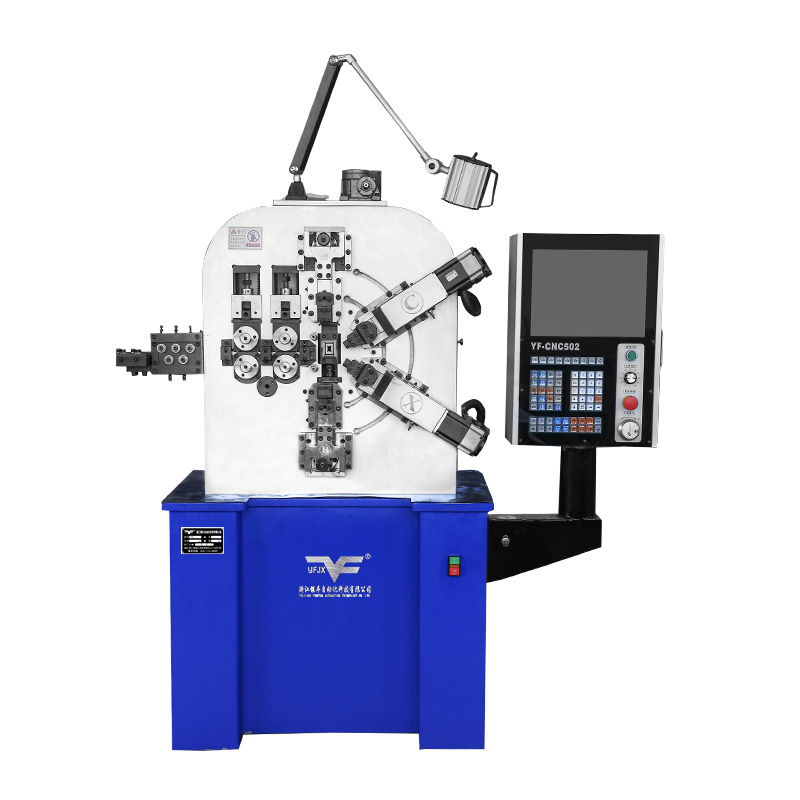Manufacturers Explore Smart Upgrades For Spring Coiling Machines
Industry News-As industries continue moving toward smarter and more connected production lines, manufacturers are giving more attention to how they can modernize their existing spring forming equipment. One area drawing particular focus is the spring coiling machine — a key piece of machinery used across sectors like automotive, electronics, and appliances.
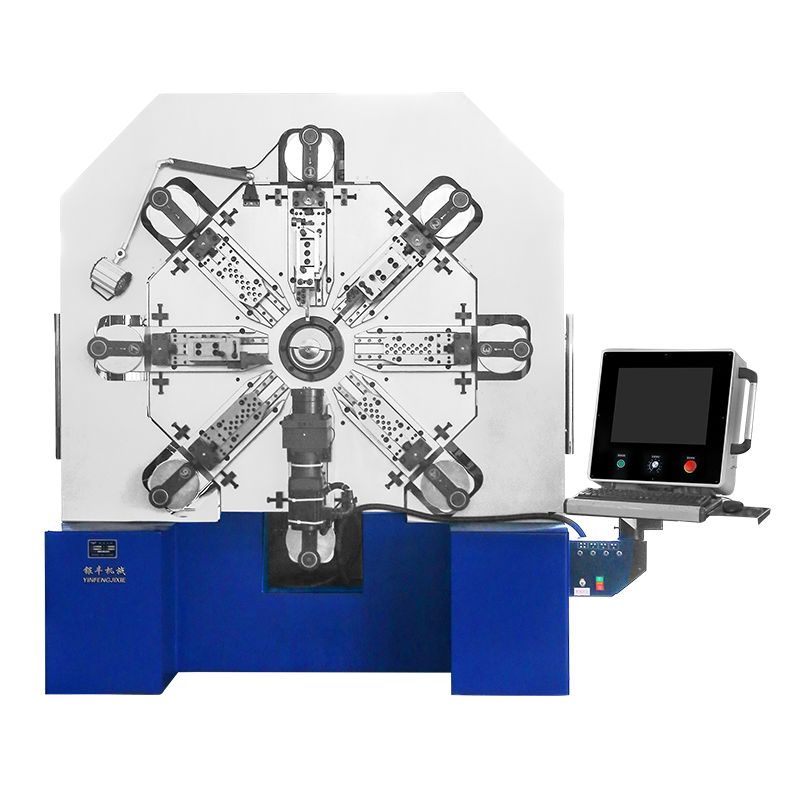
A noticeable shift is happening with the adoption of newer controls and automation features on the spring coiling machine. This includes adding sensors, touch-screen interfaces, and even remote monitoring options. These enhancements allow operators to adjust settings faster and diagnose issues with less downtime. For many manufacturers, upgrading makes more financial sense than buying new equipment, especially when the existing mechanical components are still reliable.
Alongside traditional upgrades, the use of the CNC spring coiler is also becoming more widespread. CNC — or computer numerical control — gives machine operators much greater command over the coil design process. With a CNC spring coiler, companies can switch between different spring types quickly, making small-batch or custom jobs more practical than before. This adaptability is especially useful for suppliers working with clients that have changing or specialized spring requirements.
Interestingly, many of these upgraded CNC spring coiler setups don’t look much different from older machines at one glance. What has changed is what’s inside — newer software, updated servo motors, and more precise wire guides are making a noticeable difference in output consistency. Users report smoother setups and easier calibration, which means less scrap and fewer delays.
At the same time, connectivity is playing a bigger role. Modern spring coiling machines are starting to include features that let them "talk" to other machines or factory systems. This kind of communication can help manufacturers track productivity, plan maintenance, or even identify where certain springs were made in case of a recall. These upgrades are being introduced gradually, as not all production lines need full integration, but the trend is clearly gaining ground.
Some companies are also exploring how artificial intelligence could assist in future versions of the CNC spring coiler. While this is still in early stages, there’s growing interest in how machine learning might help optimize speed settings or predict wear on components. Until then, the focus remains on practical updates — things like energy-efficient drives, modular tooling, and easier maintenance access.
Importantly, the decision to upgrade a spring coiling machine often depends on the type of work being done. High-volume producers may prioritize cycle speed and durability, while custom part makers might look for control and versatility. Either way, having the ability to tweak machine performance through software updates or add-ons gives manufacturers more room to grow without constantly investing in new capital equipment.
Not surprisingly, the CNC spring coiler continues to be a solid choice for companies working with complex geometries or tighter tolerances. Its repeatability and digital control make it a reliable option in shops where precision matters. In contrast, traditional spring coiling machines are still favored for simpler tasks or environments where changeovers are precious.
The landscape is changing — not with flashy overhauls, but with thoughtful improvements that help production teams work smarter. As more manufacturers take a closer look at their existing machines, it’s likely that the humble spring coiling machine and the versatile CNC spring coiler will continue evolving to meet new production challenges head-on.

 English
English русский
русский Español
Español 简体中文
简体中文